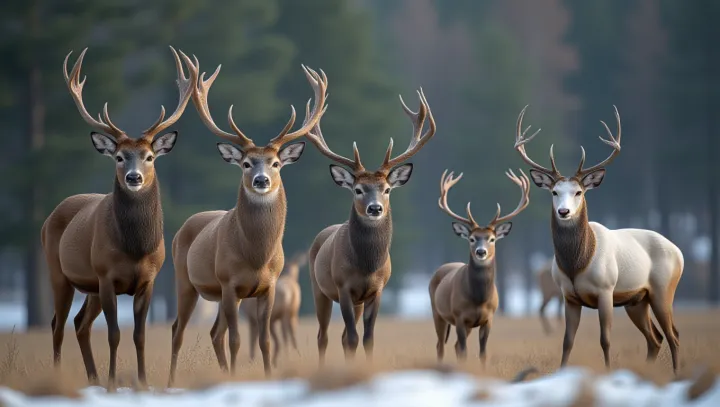Diverse Deer: Size and Shades

In the rolling landscapes of Cambridge, researchers are shedding light on a part of nature many might overlook: the varied body sizes and coat colors of deer species. Such diversity is not merely aesthetic but essential to their survival across varied ecosystems. Lead ecologist Dr.
Florence Harper notes that the differences in size and color serve critical roles in each deer's habitat, camouflaging them from predators or adapting to different climates. The study analyzed populations from the dense forests of North America to the open savannas of Africa. The team's research reveals that larger deer tend to reside in colder climates, leveraging their size to conserve heat, while their smaller counterparts often occupy warmer, more densely vegetated regions where maneuverability is key.
Meanwhile, the spectrum of coat colors encountered is equally strategic, ranging from the muted grays in misty woodlands to rich reds and browns that blend with sun-drenched landscapes. Through these findings, the study highlights the evolutionary prowess of deer, adapting to distinct ecological niches worldwide. Such insights not only broaden our appreciation of these creatures but also underline the intricate balance of nature where every physical feature has been honed by survival needs.
